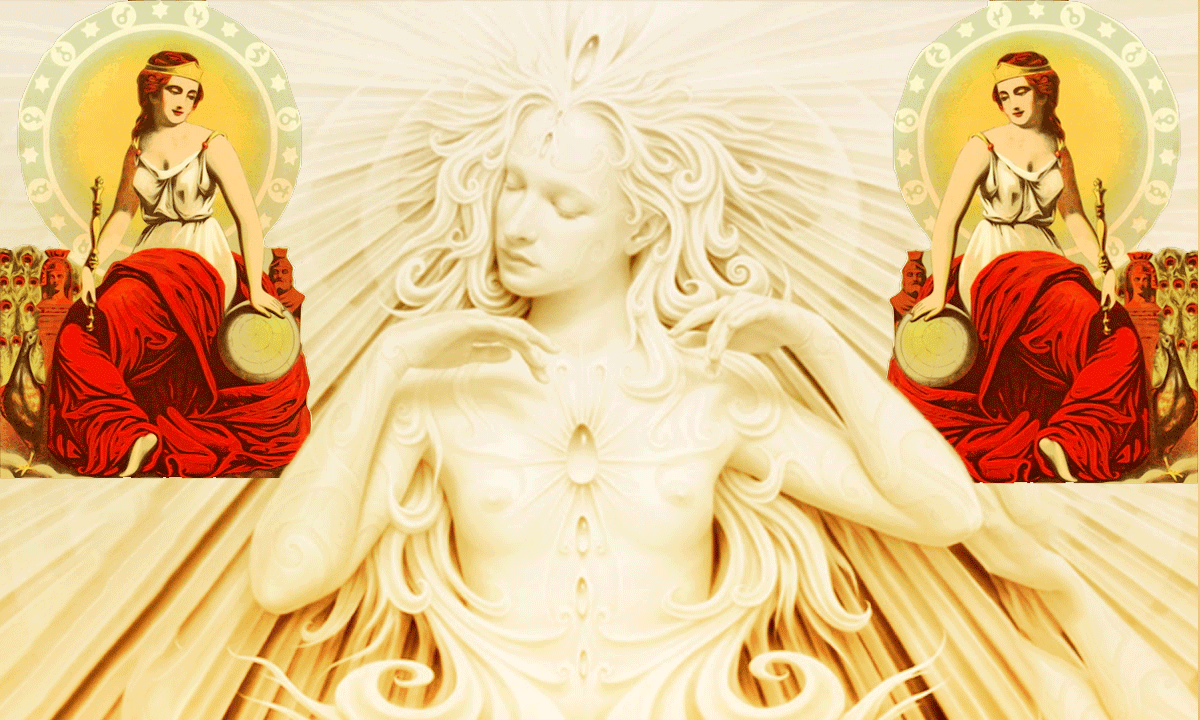
Richard Smiththe scholar, not the musician is a strong learned scholar. He participated in the complete edition of the scrolls of Nag Hammadi, first source of the early gnosis. R. Smith included a comment* that I found quite relevant. When a licensed researcher has the foresight of a visionary, I can only rejoice. I feel less alone.
*Richard Smith, Afterword: The modern relevance of gnosticism (RSA), in The Nag Hammadi library in English, revised edition 1996.
Gnosis survival
This integral unfortunately only exists in English. While waiting for a French translation to be released, my readers will appreciate the analysis I give here.
Gnosis is not limited to the Gnostic movements of the first centuries, it has permeated our culture from its origin and our traditions owe much to it. It has survived through the centuries thanks to enlightened minds, mostly writers, which Smith lists by giving them a voice.
They do not necessarily know each other, they do not belong to a club or a literary movement, yet all of them express a little bit of gnostic wisdom. They break the shackles of monolithic certainties of one-sidedness. Their voice could have been lost in the noisy multitude of the dominant ideology. It was not.
In search of light
As they are not very much in search of light and in defiance of the accepted certainties, we call them a little spiritualist or esoteric. It is true that the Spirit, for them, is written with a capital letter.
It is also true that they feel invested with a mission, to discover the diamond hidden under the vulgar gang that the dominant thought has closed on him. But their mission is neither priesthood nor militancy. They do not try to convince, they express their truth.
Whether they are dedicated to esotericism or spirituality, matter and the world that comes from it only interest them very incidentally. My writings are part of these two trends. I do not defend them, but rather claim them.
Smith has the wisdom not to confine himself to ancient texts, he tracks down the extensions of gnosticism in various writers, and I admire his approach. So I wanted to give my own list, to be published in a future article, The gnosis and arts.see at the end of this article
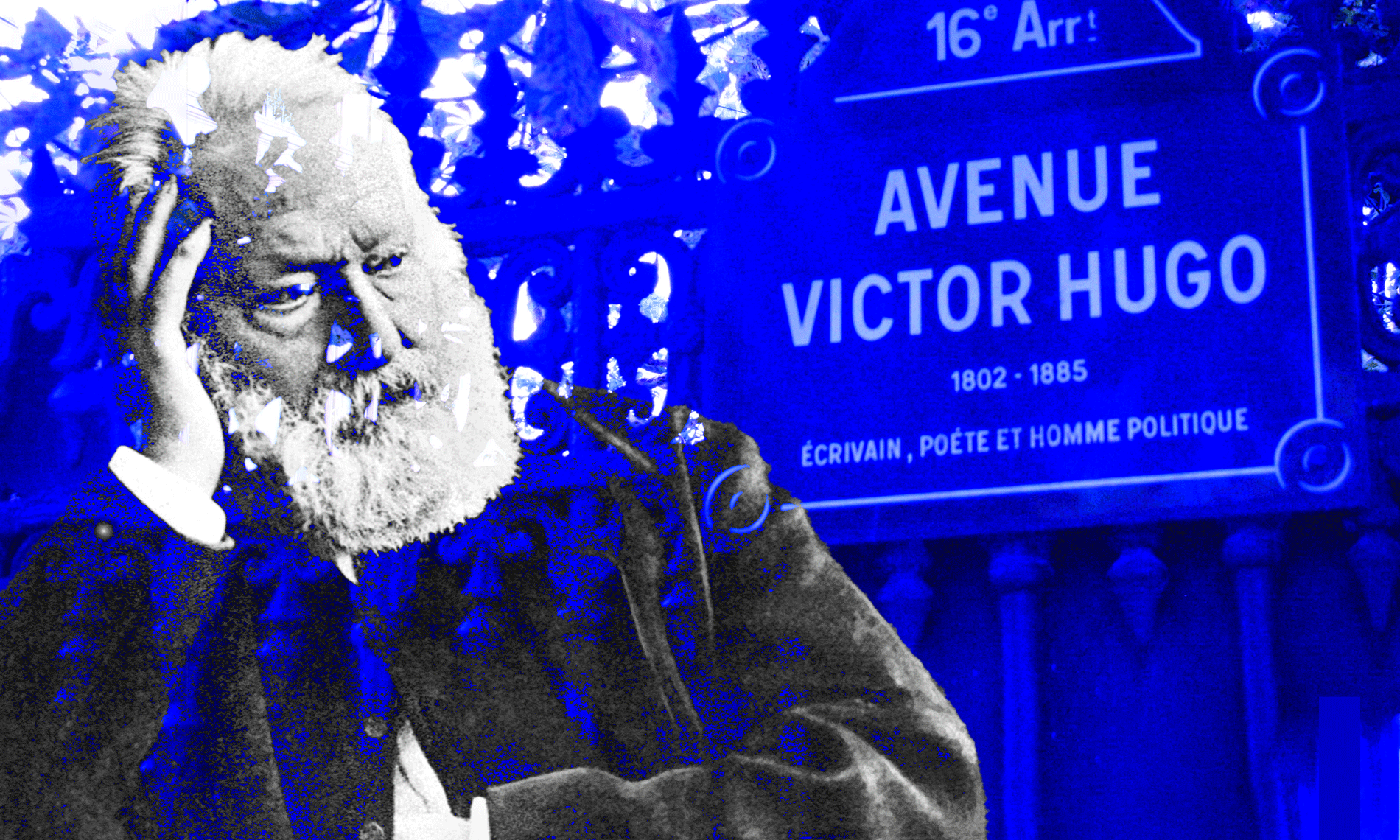
Jung’s Gnostic ring
The psychoanalytic theories of Carl Gustav Jung express quite clearly the tendency of the great scholar to join the Gnosis.
C.G. Jung continually refers to the Gnosticism in his writings and was often photographed “wearing his gnostic ring”. In Psychological Types he writes of “the vastly [compare to that of the Church] intellectual content of Gnosis, which in the light of our present mental development has not lost but has considerably gained in value.”
He goes on to praise the “Promethean and creative spirit … we find in Gnosticism what was lacking in the centuries that followed : a belief in the efficiency of the individual relation and the individual knowledge.” (loc.cit. pp 538 539)
Beat Generation
Among the modern appropriations of gnosis, Smith has noted the poetry of William Blake, the Moby Dick of Herman Melville, the novels of Hermann Hesse, the mystico-social practice of Rudolf Steiner, the “powerful literary expression of Gnosticism“, a desire for total liberation expressed by Jack Kerouac and Allen Ginsberg, founders of the literary movement called Beat Generation.
“I salute the terrible presence of the gods, Sabaot, Jehovah,
Astaphes, Adonaeus, Elohim, Joal, Jaldaboth,
Eon from Eon born ignorant in an abyss of light,
The reflections of Sophia that make the dreaming galaxies sparkle,
Vortex of stars, fine silver fishnet, hair of Einstein!”
Allen Ginsberg (RSA, p.546)
The Beat Generation has had a great influence on post-war American culture. Artists like Bob Dylan, Pete Seeger, Joan Baez are the direct heirs. These poets were the active soul of the pacifist movements against the war in Vietnam, with Jane Fonda, who accompanied in France the protest movement of May 68. Jacques Dutronc, the man behind the song, adds his own grain of salt:
There are those who protest
Who claim and who contest
What I do is just my best,
I turn on and rest.

Sophia the Wise
The only reproach I can make to Richard Smith is not to emphasize the primordial importance of Sophia la Sagesse, great forgotten by the Papist theologians, great ignored by the Cathos followers, clever little mouse who makes a way in rebellious heads like mine, Convinced that I am to find his trace, if not in the canonical texts, at least in those of Nag Hammadi or directly in the Akashic annals.
The relativisation of the crucial role played by the Goddess in the process of our creation has remained present in Celtism and Druidism, as evidenced by the Celtic trinity of Father, Mother and Child. Gnosis is marked by sexism, very present in the Middle East and in the Judeo-Arab countries. This sexism deliberately alters the original teachings according to which Sophia was assimilated to the Eternal Feminine, to the Virgin and Mother, in other words to the Great Goddess.
Our Virgin Mother
- Ana and the Wolf
- Fountain Whity
- Golden Love
- Our Lady Anne
- The Zeus Case
- A Love of Ama
- The Great Goddess
The Book of Goddesses
- The Book of Goddesses
- The Great Passage
- The Ultimate Dawn
- Into the Uncreated
- Forgetting Hell
- She the Human
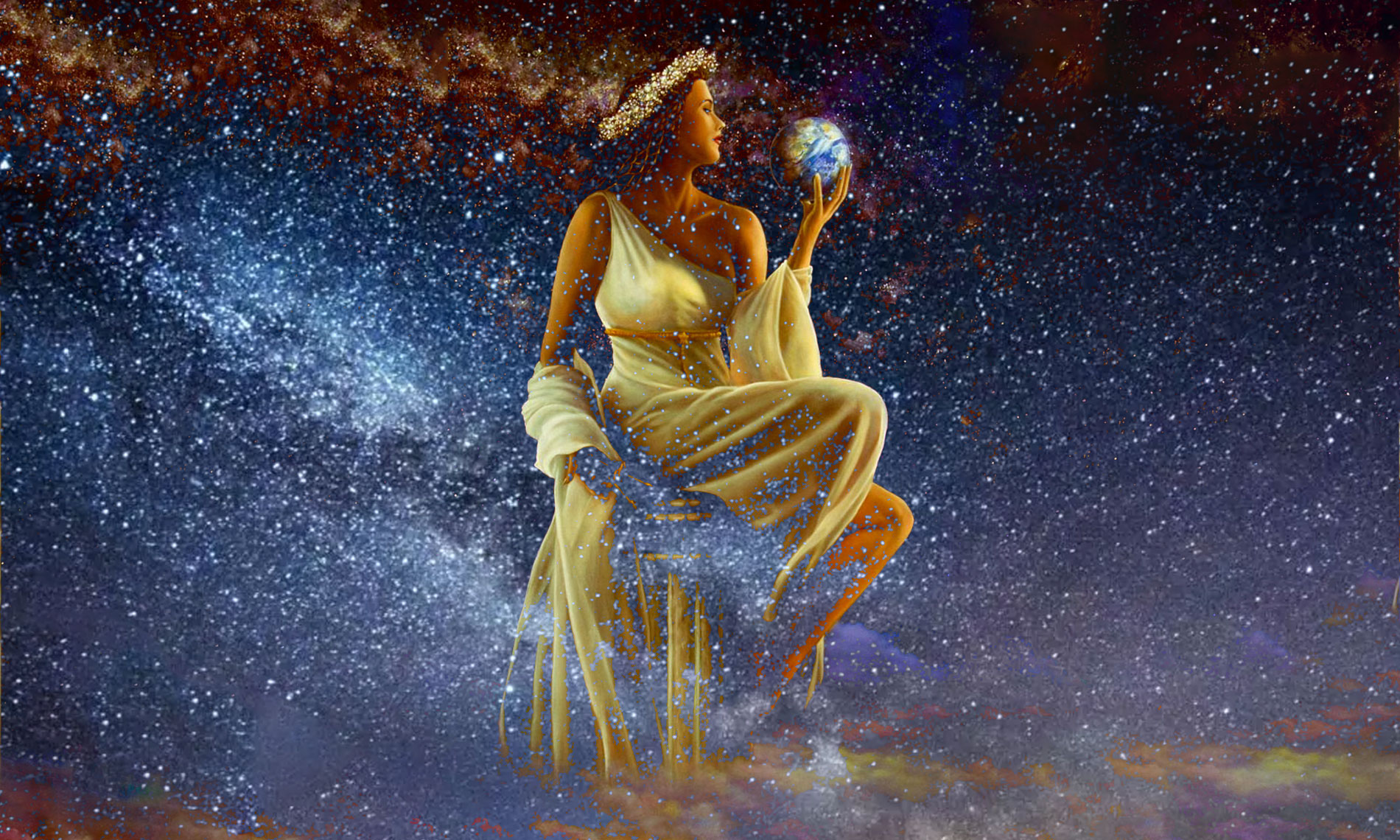
The Goddess and the Demigods
The Gnose of Nag Hammadi distinguishes two creators for humans. The first are the Archons, masters of matter and as such, the patrons of this planet. They created the first human, Adapa or Adama, through genetic manipulation. This human was tall like them. It measured around 4 meters. But it had no soul, so no access to the Spirit, to the Self, to the Great All. Its creators neither. That is why it is written that God created man in his image. It should be read: the demiurges created the first Adam in their image.
Then the Goddess intervened. This material being seemed very successful, so she wanted to do something for him. A super gift. The Goddess belongs to the Pleroma, ie the pre-existing. This place is not material, it is external to all universes of matter. Immortal souls all come from the Pleroma. Beings residing in the Preexistent have the power to give a soul to material beings.
The Goddess fell in love with our race. She gave us a soul that will not die. Very young, I had the privilege of doing several body trips. I have been able to see that without the weight and thickness of a material body, one lives infinitely better, without torment of any kind. That is why at this end of my material life I have chosen to live almost all my time in the astral.
I gave a description of the immense beings of the Pre-existing in this article, The authors of the Big Bang. To complete this reading, see also Big Bang, Black Holes and The Great Passage.
The age of darkness
Unfortunately we are in Kali Yuga, the dark age. In the Yuga theory of original Shivaism, earthly time is broken down into four eras or yugas. The first is the golden age which lasts 32’000 years. Then comes the silver age, half as long: 16’000 years. Then the Bronze age or age of heroes, 8000 years. Finally the age we are, the yuga of dark iron, 4000 years.
This yuga corresponds to the dormancy of the Goddess. She is reptilian, like the archons. Reptiles regularly need a period of sleep to regenerate their bodies. The Goddess whose age is in billions of years must follow this rule. Every 60’000 years she must sleep 4000 years. That is kali yuga. When the light of his great vessel no longer illuminates our planet, comes the reign of darkness. The cruel and soulless Archons can do whatever they like to, it’s no fun …
Unfortunately, several centuries must pass before the Goddess return. Until then, we will have to endure the archontic mess.

The authority of the archons
The Archons are masters of this planet for the simplest reason. They have been here for hundreds of millions of years. This animal species belongs to the reign of the great reptiles. They are the evolved species among dinosaurs like humans are the evolved species among mammals. As such, and given their seniority, we don’t care to get rid of them. We have to deal with our masters.
Wait for the goddess to come back and do the cleaning she should have done a long time ago. But here’s the point: managing a planet is not in her purview. She has carved out an empire in this sector of the Milky Way. Her Empire of a Thousand Stars and tens of thousands of planets and inhabited satellites. Don’t expect the lioness to hunt mice.
Gnosis vs Church
If it is a choice between the Church and the Gnosis, Richard Smith does not hide his preferences.
C.G. Jung continually refers to Gnosticism in his writings and has often been photographed “wearing his Gnostic ring”. In Types psychologiques, he compares the teachings of the Gnosis to those of the Church. He is amazed at “the vast breadth of knowledge disclosed by Gnosis, which, in light of our present mental development, has not lost but has considerably gained in value.” He praises his “promethean and creative spirit” and emphasizes this fact: “One can find in the gnosticism what was lacking in the following centuries: a belief in the effectiveness of individual relationship and personal knowledge.” (RSA pp. 538-539)
Creation for Sumer
- The Genesis Of Sumer
- Adam Of Sumer
- Our Father Enki
- Beloved Ninhursag
- The Lost Book Of Enki
- From Blood And Clay
- Giants Of Sumer
- The Tale Of Adapa
- The Extras Hypothesis
- Mysterious Anunna
- The Assyrian Clay Tablets
Creation for the Bible
- Lilith And The Reptilians
- No Invocation!
- Children Of The Beast
- Adam Awakens To Love
- The Lost Paradise
- The Seven Daughters Of Eve
- The Seven Days of Creation
- The Seventh Sky
- The Seven Elohim
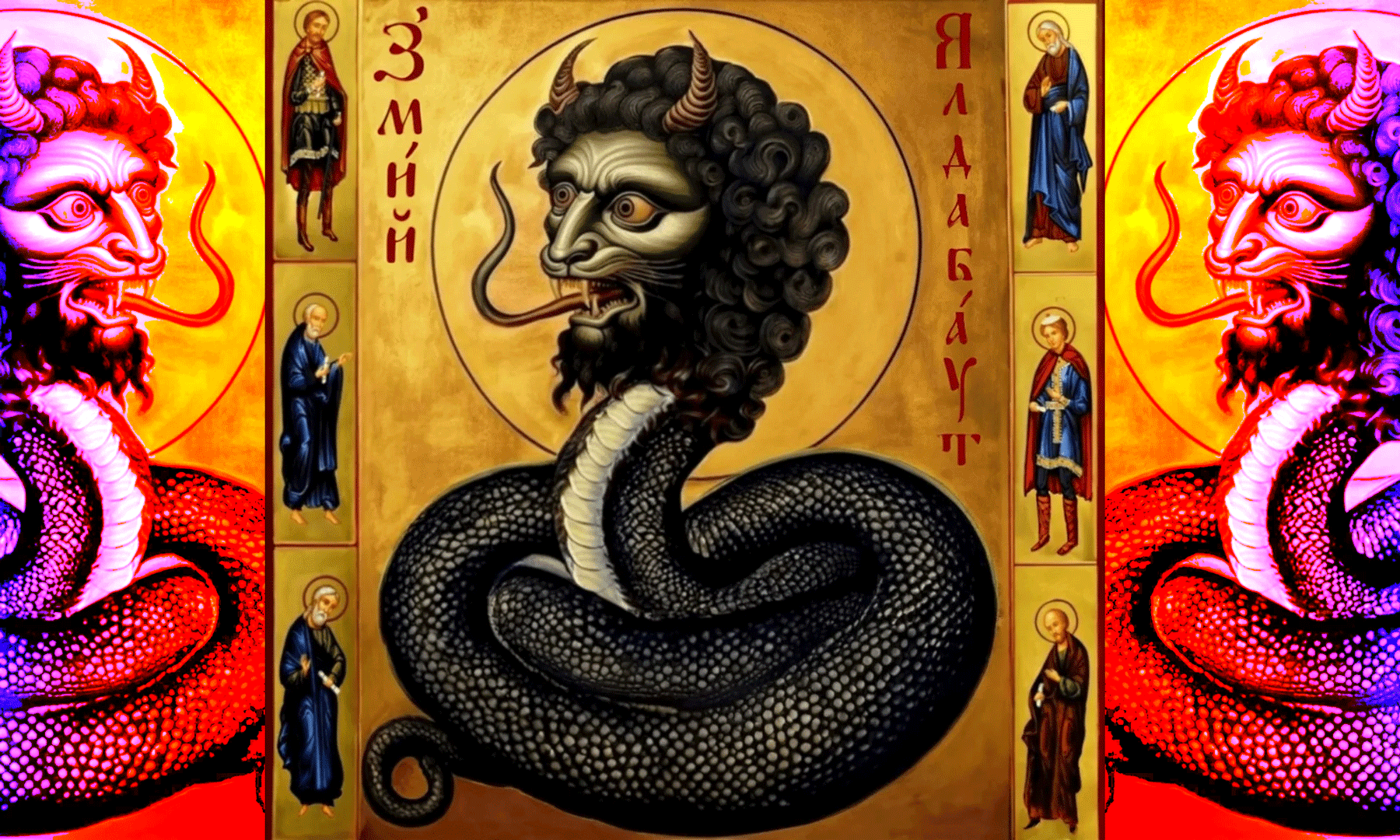
Dismaying naivety
It is true that the teachings of the Church appear to be disconcertingly naive when compared with those of the original Gnosis. That is why the recent resurgence of Gnosis among enlightened minds corresponds exactly to the disinterest of these same people for traditional religions, all focused on faith and obedience to the texts, all indifferent to awakening, all ignorant of the central notion of the Self.
In The New Science of Politics (1952), political philosopher Eric Voegelin sees the growing influence of Gnosticism as the very essence of modernity. Voegelin evokes “the experience of the world as a foreign place” which inspires “a horror of existence and the desire to escape it.” (RSA p542).
Irresistible Saurians
Until the Goddess is awakened, the Archons will not meet any other adversary than us humans. With our reason we are too weak against them. Their intelligence is also superior to ours. Their science and technology are far ahead of ours. Moreover, they have drowned the majority of humans in stupid religious or politicaltiny difference! organizations.
Whatever order the Saurians give them, they obey to the finger and eye. Some are foolish enough to want to die for their tyrants. It was enough to give the example of a savior who dies for humans. They have just to repeat that we must worship Him as the One God, notwithstanding the fact that he is unique and three.
No matter the consistency, when the sum of lies is too great, the ecclesial authorities have only to scream to the miracle and the bitter pill is swallowed. All of them worship Yaldabaoth, the sinister bastard without scruples, honor and tempers. And everyone aspires to become even more bastard than his god, who created the green-gray dollar in his image.
 The Saurians demigods created the green-gray banknote in their image…
The Saurians demigods created the green-gray banknote in their image…
A Poor Model
Reviving the links between tradition and imagination, Nag Hammadi’s texts capture our attention. Whatever one’s point of view on it, gnosticism is more than an antique curiosity. The gnosis and its fertile abundance brings out the narrowness of the contemporary spirit desperately riveted on the rails of the single thought. Not to mention the dishonesty of religions adding to confusion and to absurd.
For Smith, the continuous influence of Gnosis is found in many authors, at all times of Western literature and thought. In the Revolt of the Angels (1914) Anatole France sees the source of our incorrigible defects in the demiurge Yaldabaoth (which he writes Ialdabaoth).
“The God of old times is dispossessed of his earthly empire, and all thinking on this globe despises or ignores it. But what does it matter that men are no longer subject to Ialdabaoth if the spirit of Ialdabaoth is still in them; if they are jealous, violent, quarrelsome and greedy like him, and like him enemies of arts and beauty? What made them reject the fierce demiurge? It is within ourselves and within ourselves alone that we must attack and destroy Ialdabaoth.” (Anatole France, La révolte des anges, 1914.)
Yaldabaoth
An American science fiction author, Philip K. Dick echoed his story in a disturbing way in his 1981 novel Valis, published one year before his death.
“In Valis, the main character named Horselover Fat has a meeting with the divine whom he considers to be deranged. He then meets his therapist:
-Do you believe that man is created in the image of God?
-Yes, said Fat, but the creator deity, not the true God.
-What?
Fat says, “This is Yaldabaoth. He’s sometimes called Samael, the blind god. He’s a deranged freak.
-What are you talking about?“
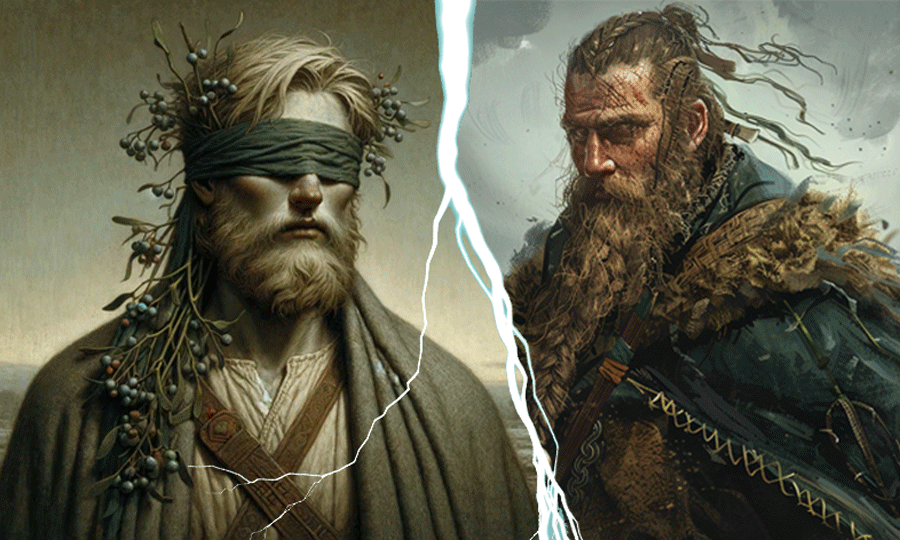
Two blind gods
In the Bible, the archangel Samael is assimilated to Satan. In Norse mythology, there is the archon Höd or Hoder. Both are blind because they don’t have a third eye. You have one, use it.
They have eyes, let them look! They have ears, let them listen! They have a spirit, let them use it! They have a mouth, let them shut up!
Höd and Samael see nothing in it… They understand nothing of the highest values. They are only perishable matter… Is it the same demiurge? In this case, there would be little difference between archangels and archons. So be careful. My golden rule: do not invoke anyone. Believing in the existence of a good god whose trace is vainly sought, you risk attracting living scum whose action is everywhere visible.
The Archons are the masters of the mind, another name for the ego. Think as little as possible, let your deep body act constantly in place of your head. It is confused by our bad masters. These dives created our brain and its programs bugged.
Only our body and its subtle envelopes are directly connected to the uncreated. The colon neurons are largely free from the dirty influences of the demiurges.
Meditation without thought or permanent action are other refuges of serenity.
To Conclude
As Philip K. Dick explains so cleraly, we have been created, not by God, but by a demi-god who was deranged.
Created in the image of a deranged being, we should not be surprised if we are too.
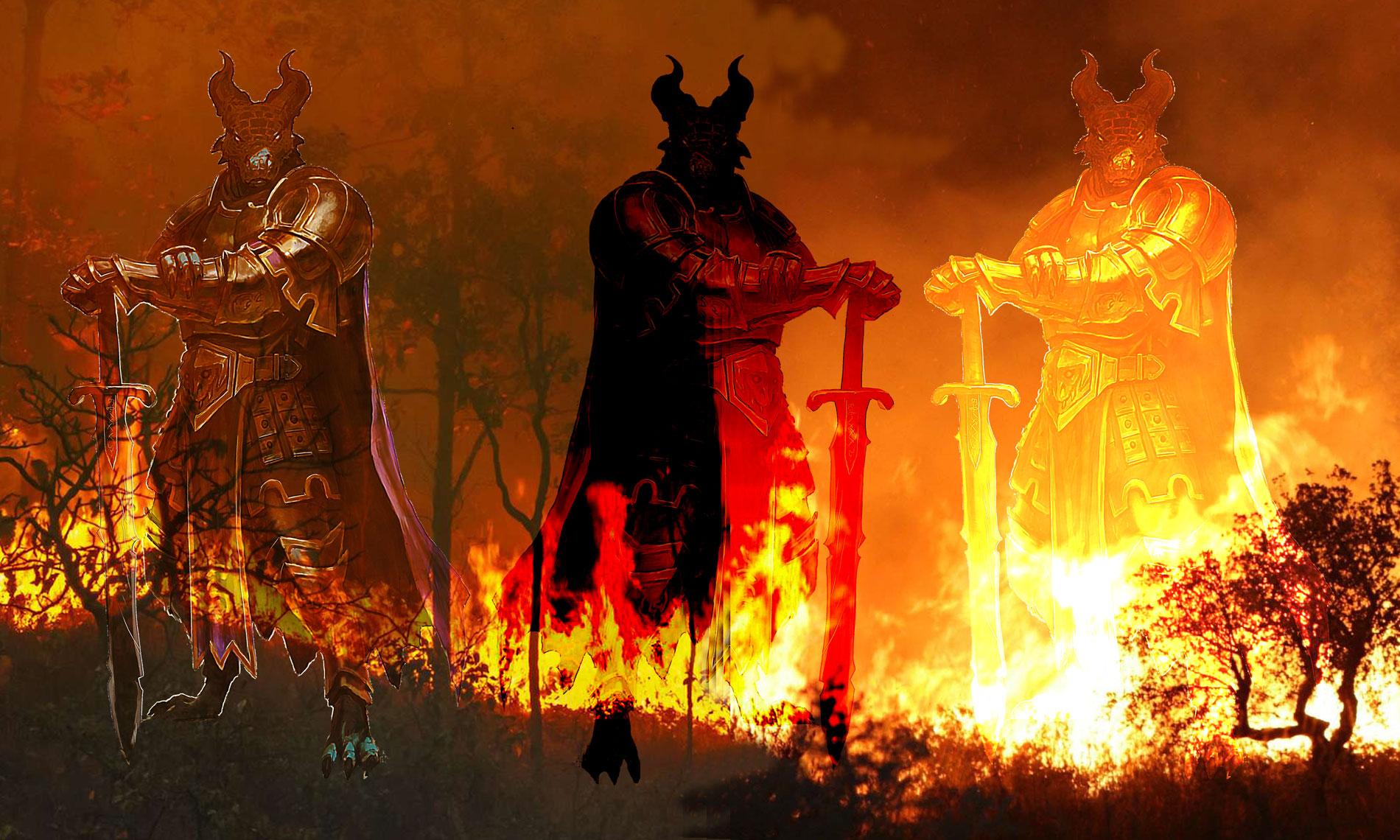
Reptilians
- Dinosaurs Are Back
- The Serpent People
- The Religion of Adam
- The Serpent God
- Mythical Serpent Kings
- The Pre-Existing
- Baal Marduk
- Nephilim
- Zohar Devils
- Flying Serpents Anunnaki
- The Snake and the Vulture
- Edenic Dragons
- Dragons of Hades
- Feathered Serpent Quetzalcoatl
- Archon Ways
- Archons In the Gnosis
- Head Eaters
- The Archons By John Lash
- Predatory Archons
- Win Together
- Archons in Questions
- Reptilian Brain
- The Seven Archons
- Archon Yaldabaoth
- Happy the Archon …
- Serve God and Mammon
- Wars on Marduk
- Central Earth and Back
- Infinity Limits
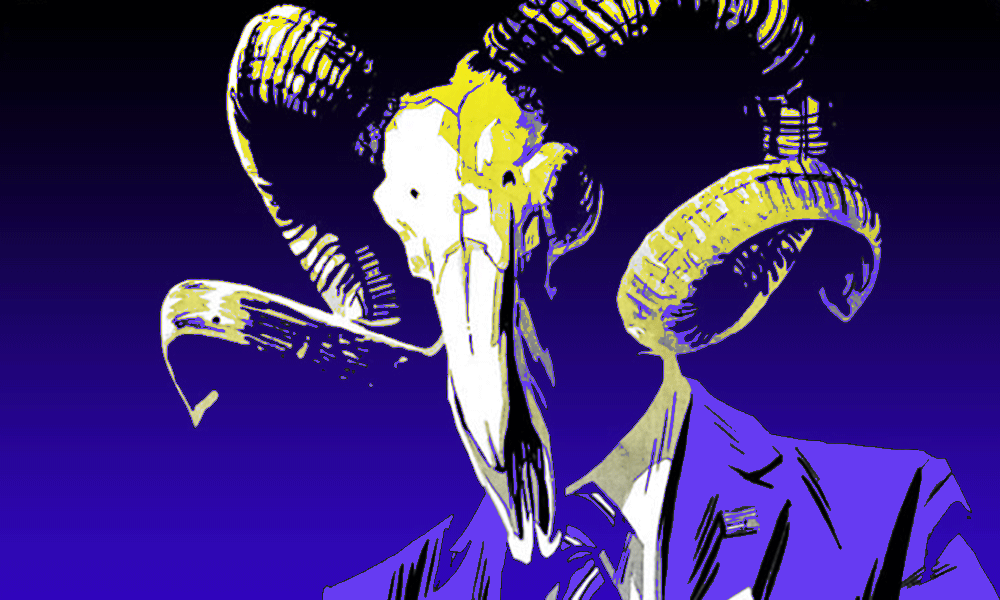
Black Monday Murders, chilling US comics about the current power of the Archons.
Coming soon to your screens
Showing how gnosis finds many echoes in literature is a good way to make it alive. Richard Smith has shown me the path I want to follow. In a forthcoming article, Arts and Gnosis, I will list the contemporary artists who have opened their minds and ours. They imbued their music with the conquering accents of a new gnosis. They enhanced their images with the bright colors of a rediscovered wisdom.
Like Richard Smith and Eric Voegelin, I am convinced that the gnosis of the first centuries is experiencing a new momentum which begins in the fifties with the Beat Generation and Jazz in the United States, and at the same time in Europe with the revival of Celtism, The Druidism and Viking traditions.
This panorama centered on popular music and comics should be released very soon.
The secret of Gnosis
It is short. True knowledge is not mental. It comes from the body.


